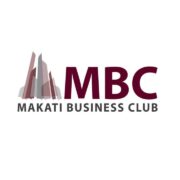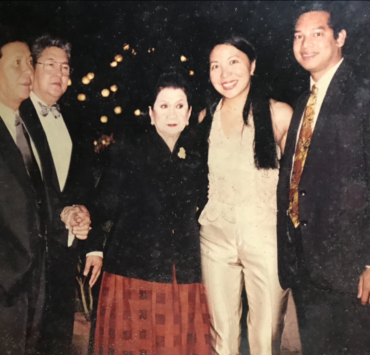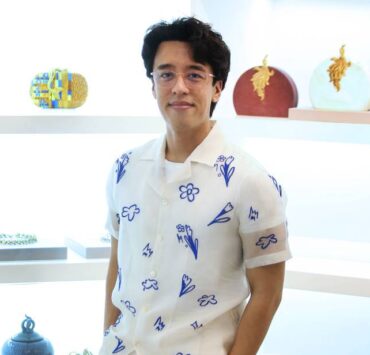The delights of conscious consumerism
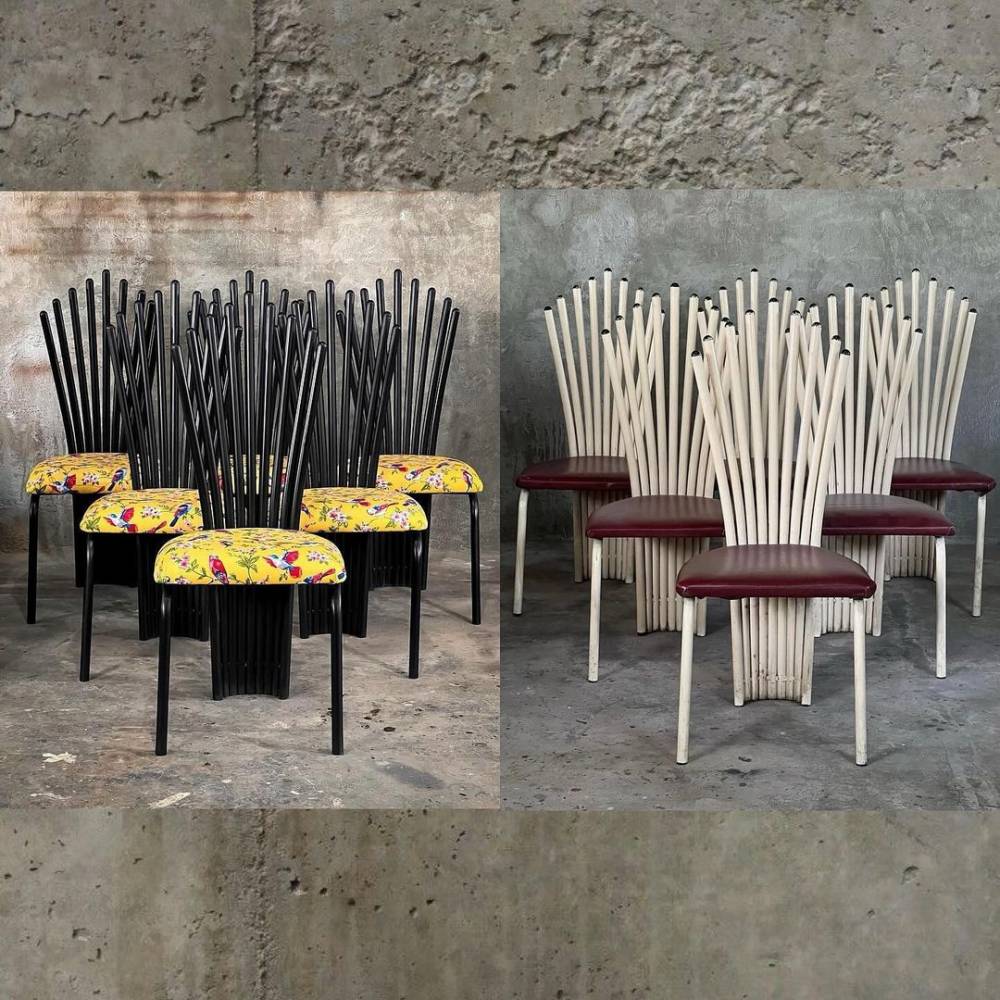
A myriad of shopping finds was showcased last weekend at the Department of Trade and Industry’s National Trade Fair and ArteFino Fair 2024, held respectively at SM Megamall in Mandaluyong City and PowerPlant Mall in Makati City. The products ranged from food, clothing, footwear and accessories to homeware, furnishings and collectibles. Many of them embodied Filipino traditions and ingenuity, with a few also advocating environmental sustainability through upcycling.
Project Nova (@pn_upcycled on Instagram), which was named Best Product in the fashion accessories category of the Stilo ArteFino Awards, uses retired inflatable kayaks as the main material in handcrafting bags and wallets. This Bohol-based social enterprise is run by a community of tour guides and stakeholders in Kayakasia Philippines, an eco-adventure travel company managed by the guides themselves.
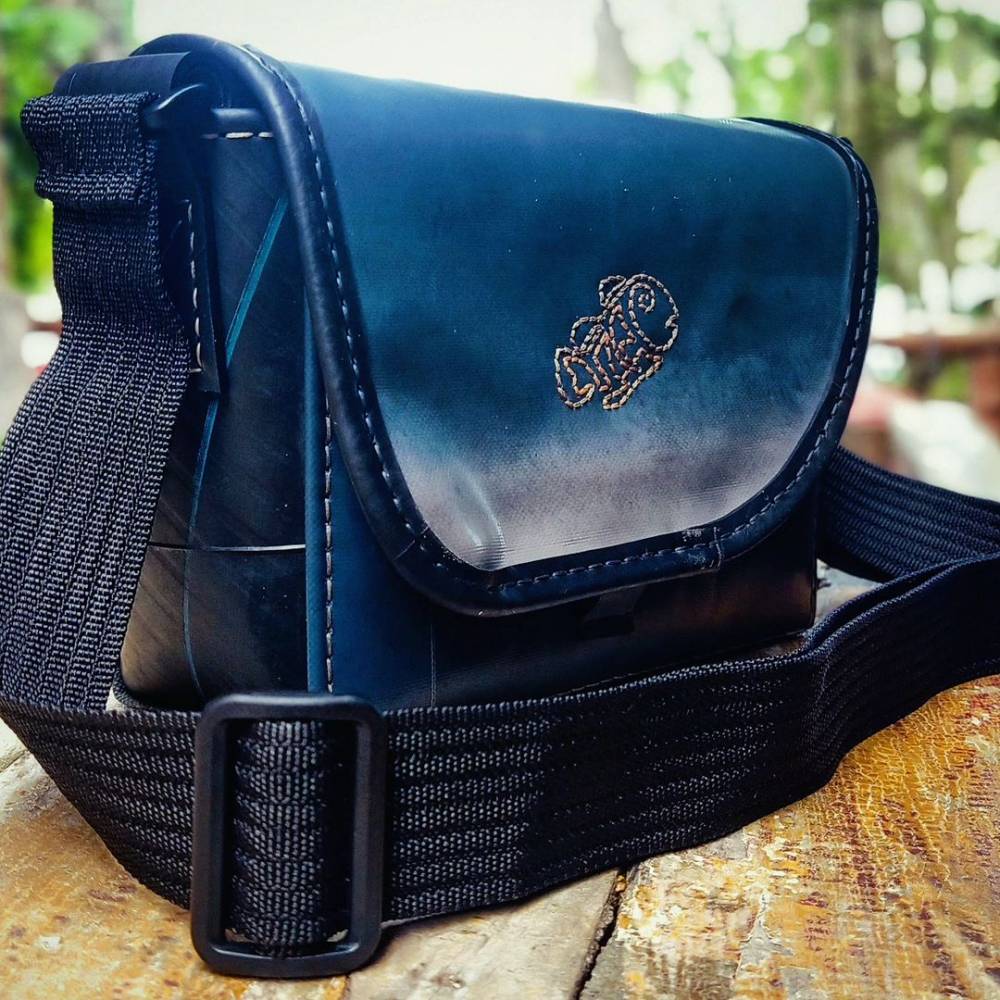
“We started this during the pandemic,” Jeremy Morquiala tells Lifestyle in Filipino. “There were no tourists. We had no work. We noticed that many of our kayaks were broken. Instead of throwing them, we decided to upcycle them to reduce our carbon footprint and help the environment. We learned how to stitch and make bags by watching videos on YouTube. Before that, we didn’t know anything about stitching because we only held paddles to work.”
Morquiala says he and his group do everything in Project Nova, from designing to the actual making of each product to marketing and selling, such as manning their booth at ArteFino. “We conduct brainstorming sessions, and when an idea comes out, we say, ‘Let’s do it!’ We have our respective expertise, like I’m into dyes and putting color on our products. It’s really about teamwork.”
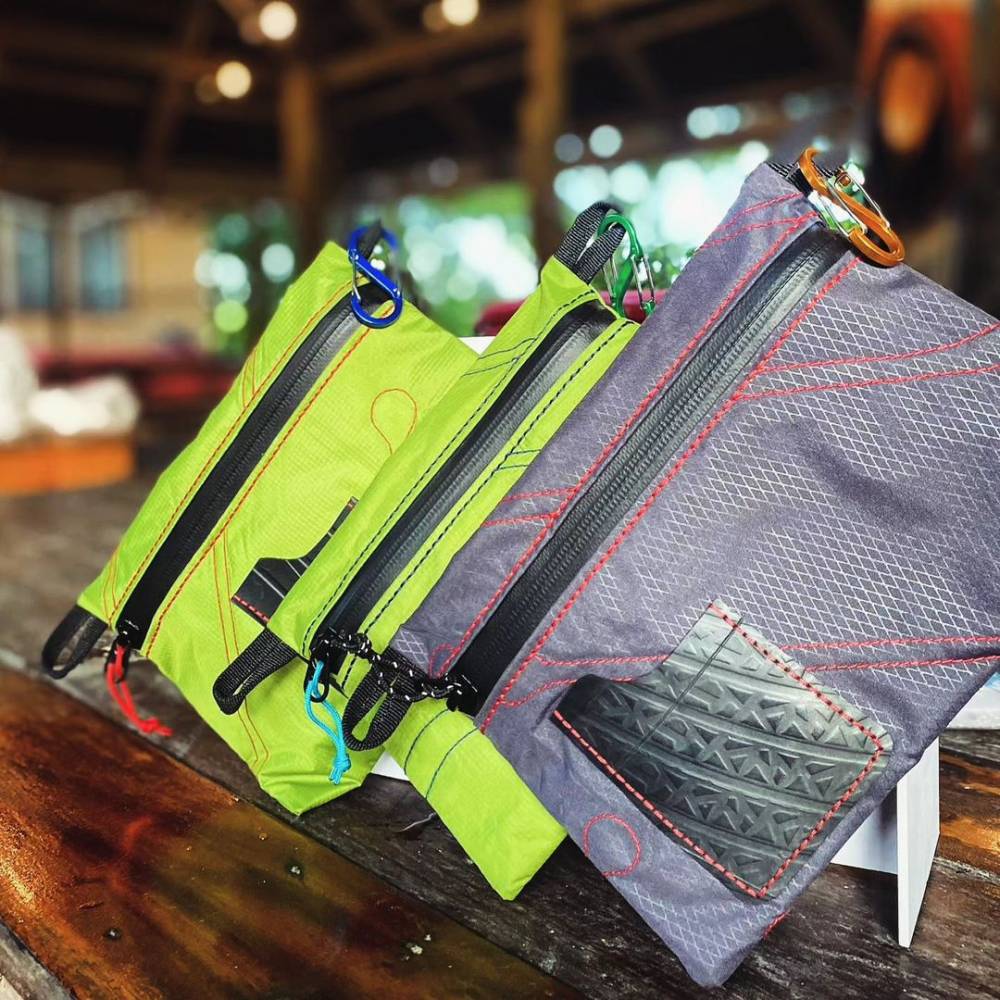
Inner-tire tubes
He adds that they don’t use a machine in making their products because they believe that’s the most ecologically friendly way to conduct their business. As proof that each piece is handcrafted, the name of the artisan behind it is stitched somewhere inside the product. Aside from the waterproof synthetic materials culled from discarded inflatable kayaks, they also reuse inner-tire tubes, tents, sleeping bags and even old jerseys to create their functional goods.
Another booth at ArteFino that champions upcycling was Trademark Kawpeng Designs, whose primary product line is bespoke furniture. “For events like this, we create a fully sustainable retail line. You can see in the tags to see how much each of the piece has been recycled,” owner Matti Kawpeng, an architect, tells us.
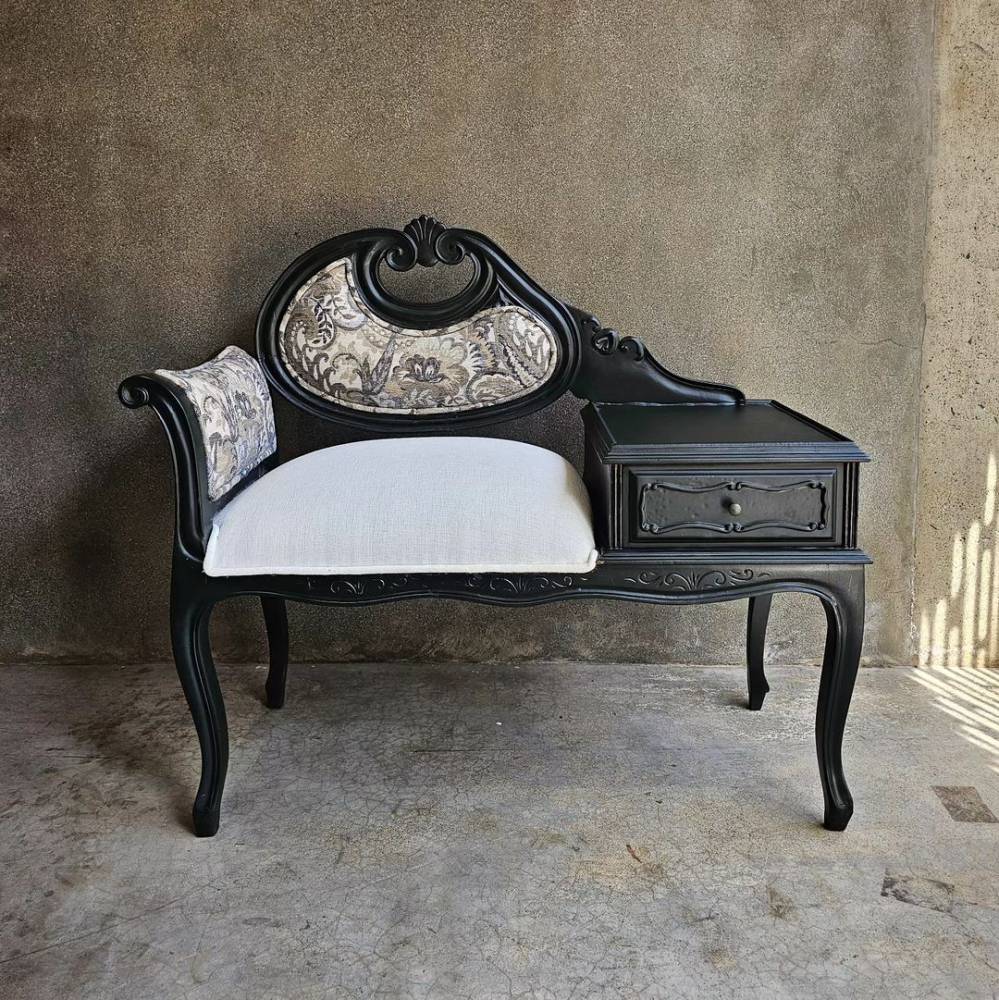
“A lot of the marble pieces you see are from my architectural works. I do a lot of bathrooms, kitchens. So a lot of the extra materials, I buy them back from my clients and I turn them into pieces like these,” he says, gesturing to the tables, chairs and luxury cat trees. He explains of the latter, “I developed this around four years ago, when I first had my cat. Cats tend to have this urge to climb, go to higher spaces and scratch on things to keep their claws sharp. So, they need structures like this in order not to destroy the existing furniture in your home.”
Kawpeng then shares how he got into upcycling: “I grew up around construction waste because my father’s work was in construction, and I know that the construction waste cannot be taken away by a regular garbage collector. It’s actually a very specialized system to dispose of these materials. And the worst part is they usually end up in landfills. Sometimes you don’t know where they end up. So instead of contributing to more of that, why not try to reduce it and make something beautiful out of it?”
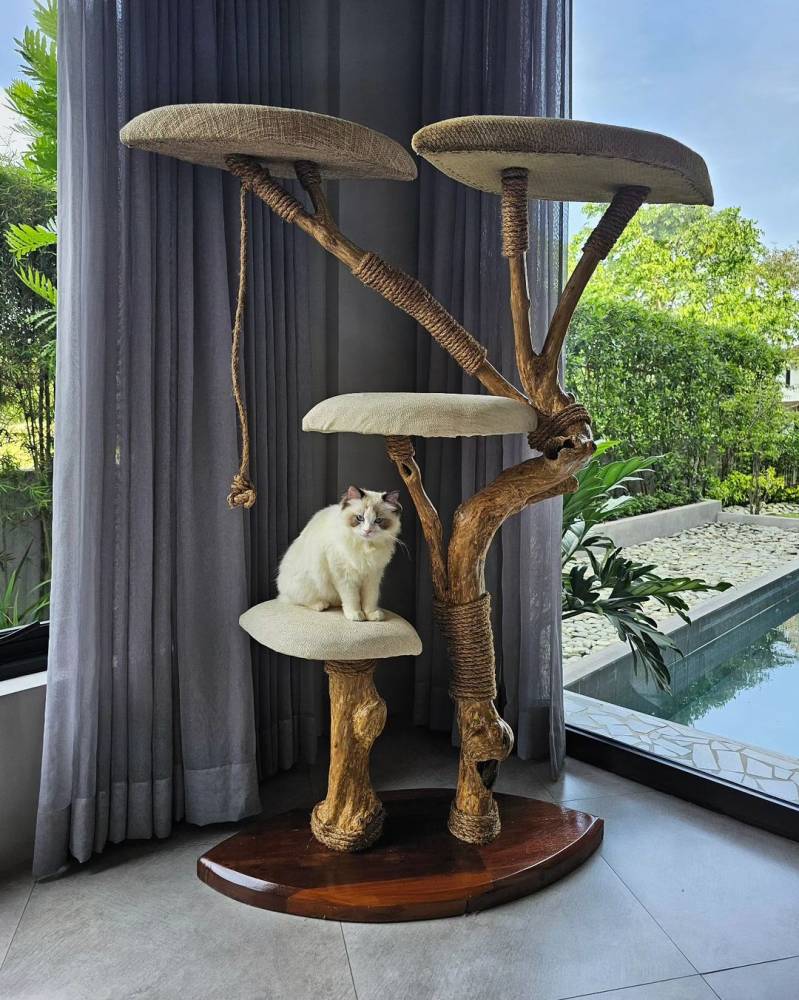
New life
He explains that he and his team work with a lot of upholsterers. “A lot of the dead cuts of fabrics they can no longer use, we collect and buy them by the kilo and then we use them to mix and match in different pieces. That’s why some of them are eclectic.” He points to a low table. “This came from a mansion in La Union. They had a lot of Romblon marble tiles. When the house was foreclosed, they auctioned all of the raw materials, so I went there and took everything, gave it a new life.”
Six years after putting up Trademark Kawpeng Designs (@tmkawpeng.designs on Instagram), the social entrepreneur notes that “a lot of people are more receptive toward the message that we’re trying to send.”
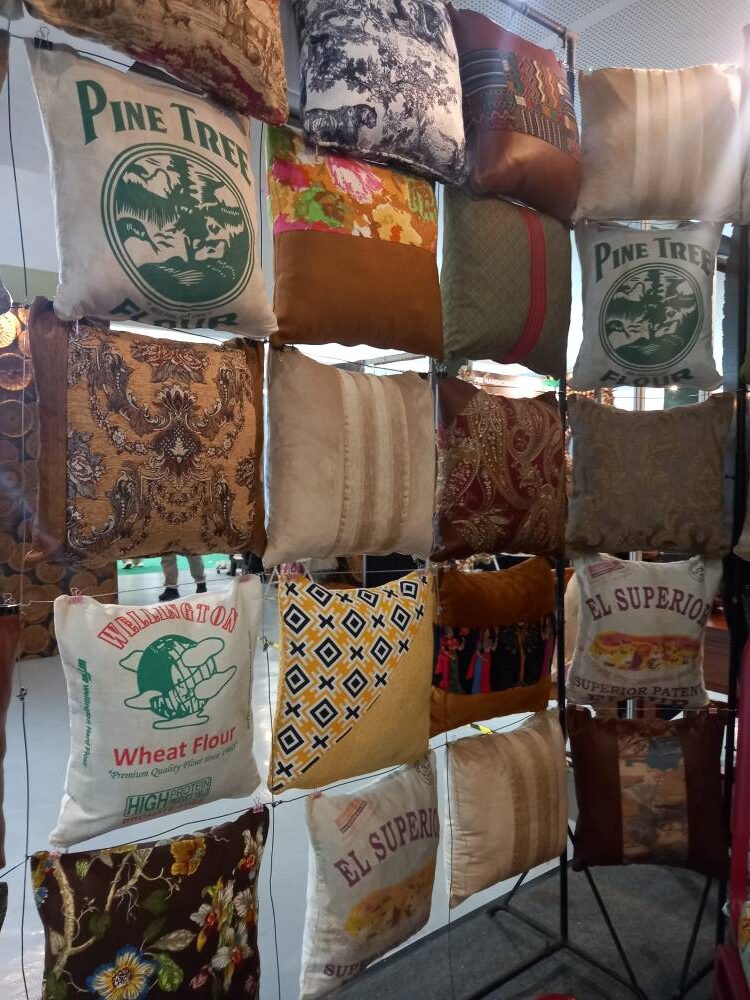
He adds, “People are more conscientious now when they shop. Which is why we also give them an avenue to shop for things that don’t have to be brand new all the time. Of course, the products we make are as good as, if not, brand new. But for it to have used fresh materials and contributed to a bigger carbon footprint, I don’t think I would personally feel good about that purchase.” The shop is based in Pasig City.
Over at the National Trade Fair, the booth displaying Cura Furn’s (@curafurn.hq on Instagram) attractive chairs, stools and pillows made heads turn. Owner and creative director Giuliana Anastacio tells us that the stools were once used in many stores of a fast-food chain.
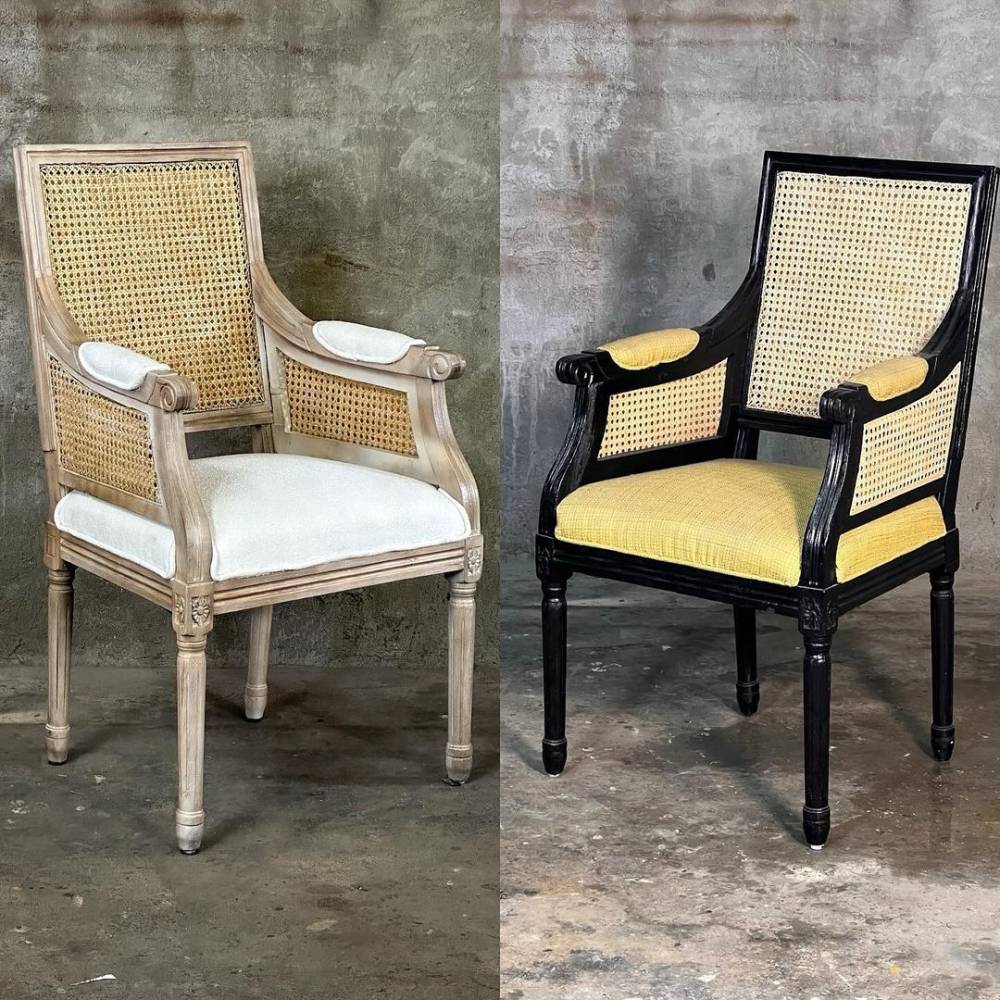
“We just acquired some of the pieces that were already disposed of and redesigned them,” she says. “The fabric used in making the pillows are new, but those were excess from our upcycling projects. We also used flour sacks that we washed and coffee dyed to create that vintage look. The cushions are made of used and scrap fabrics, extra foams and fillers.”
As for the pair of chairs on display, she explains, “The fabric, I personally sourced from Japan. It’s water-repellent. You can clean the chairs using a damp cloth. Generally what we use is a foam cleaner for wood, cushions, and other materials.” The shop is based in Cavite.




